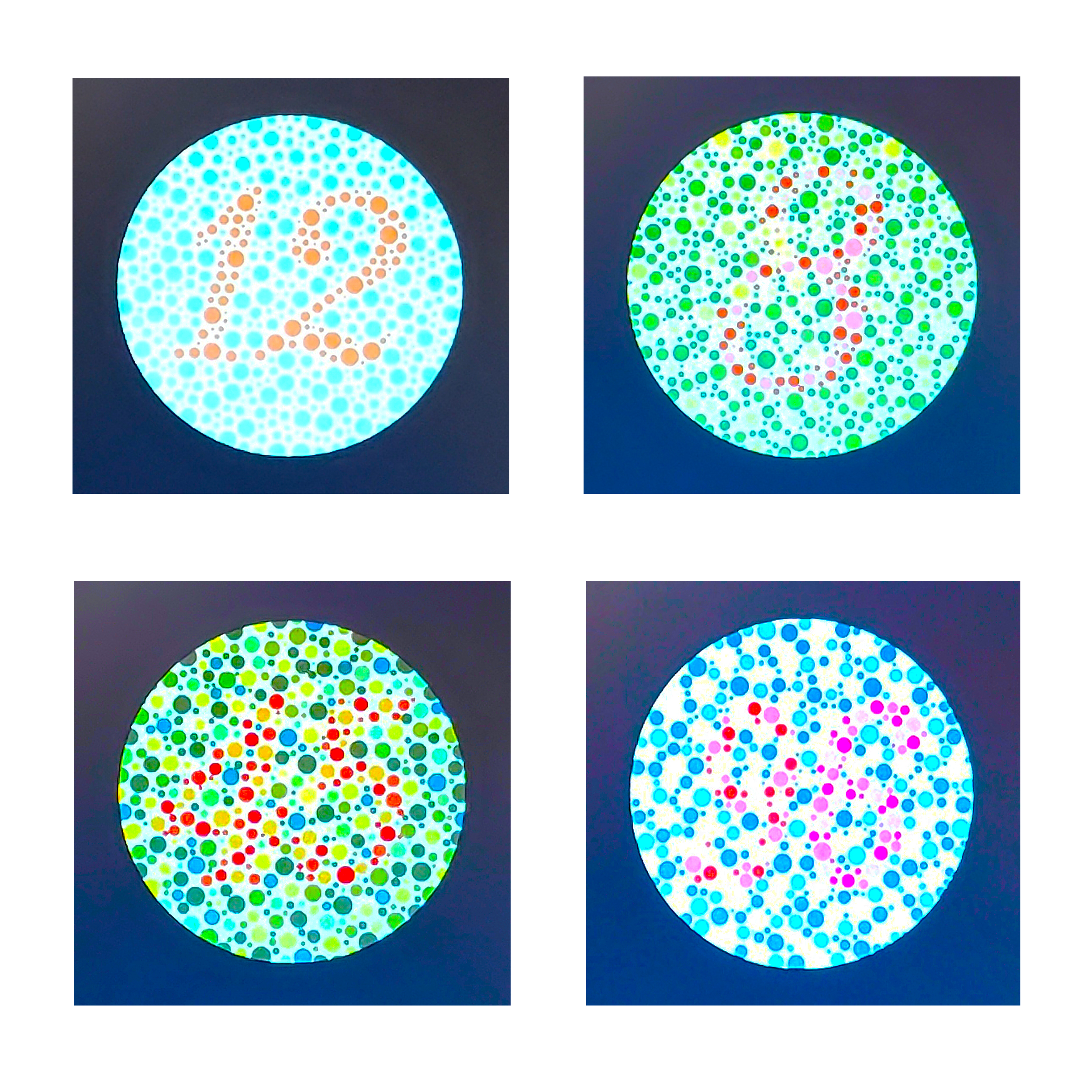


There are many methods of degaussing but I don't go into it here - this is a good resource to read. If you see any areas that are discolored, you need to degauss your CRT. Look at the fullscreen Green for any areas of the monitor with inconsistent green color.
Colorcross calibration higher full#
In 240p Test Suite, go to the "White and RGB Screens" test, and press Right Trigger/Shoulder on your controller to switch from White, Black, Red, Green, and Blue full screen colors. The best way to check your CRT's Purity is to display a solid green screen. Generally what's happening here is a magnetic field has developed in your CRT's mask/grille and it's pulling the wrong colors electron beam into the mask holes it doesn't belong, causing weird purple/yellow discoloration. If your CRT has any areas of discoloration in the sides/corners, this is a purity issue. If your CRT has an "Aperture" adjustment, turn it all the way down. If your CRT has digital adjustments for any of the adjustments above, neutral position is usually the middle of the adjustment range. If your CRT has knobs for any of the adjustments above, neutral position is usually the middle of the knob's rotation. If you don't have any way of running a downloaded image on any of your consoles, you can buy a premade SNES cartridge of 240p test suite off of eBay.īefore any adjustments are made to the CRT, you should put it in as close to neutral as possible for the following settings: We will use this test later in the guide. If you have a way to run downloaded SNES roms, I suggest downloading my customized version which contains a convergence test. It contains several different test patterns that make calibrating a CRT by eye possible. This is a must for calibrating a CRT properly. Always write down any numerical values or make note of potentiometer orientation before playing around. Don't play with any settings you don't understand.If your CRT can't perform one or more of the adjustments here then it is likely you won't be able to get a great result overall. You won't be able to achieve proper black levels Don't try to adjust your CRT in broad daylight. What does a broken Aperture Grille look like?.Calibration trick for older/more basic monitors.


 0 kommentar(er)
0 kommentar(er)
